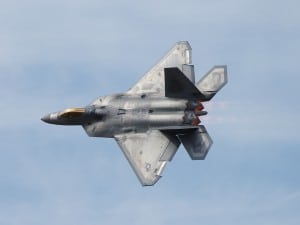
PALM BEACH GARDENS, Fla. – If the United States decides to restart production of the Air Force's F-22 Raptor, Pratt & Whitney, a division of United Technologies Corp. [UTX], estimates it could resume delivering F119 engines for the stealth fighter in about three-and-a-half years, a company official said May 31.“We think we could restart the line,” said Matthew Bromberg, president of Pratt & Whitney Military Engines. “We’d have to do the formal study. We think if someone said ‘go’ today,…

 By
By 











